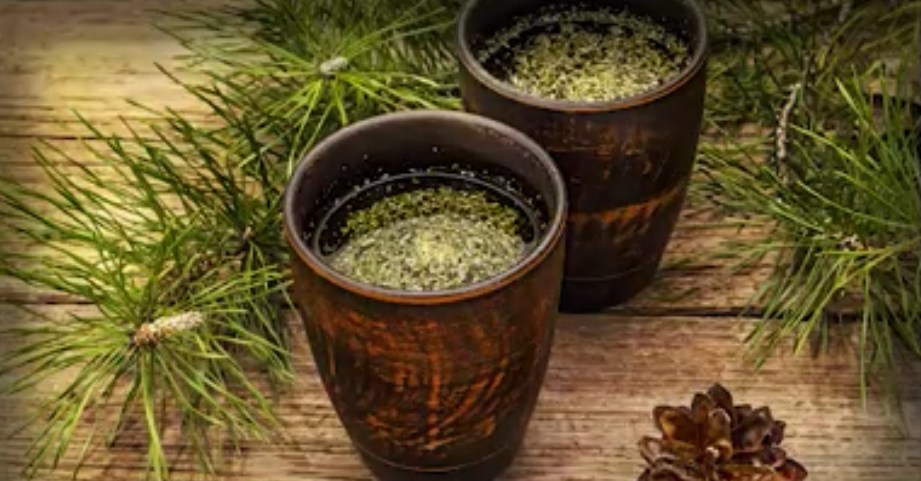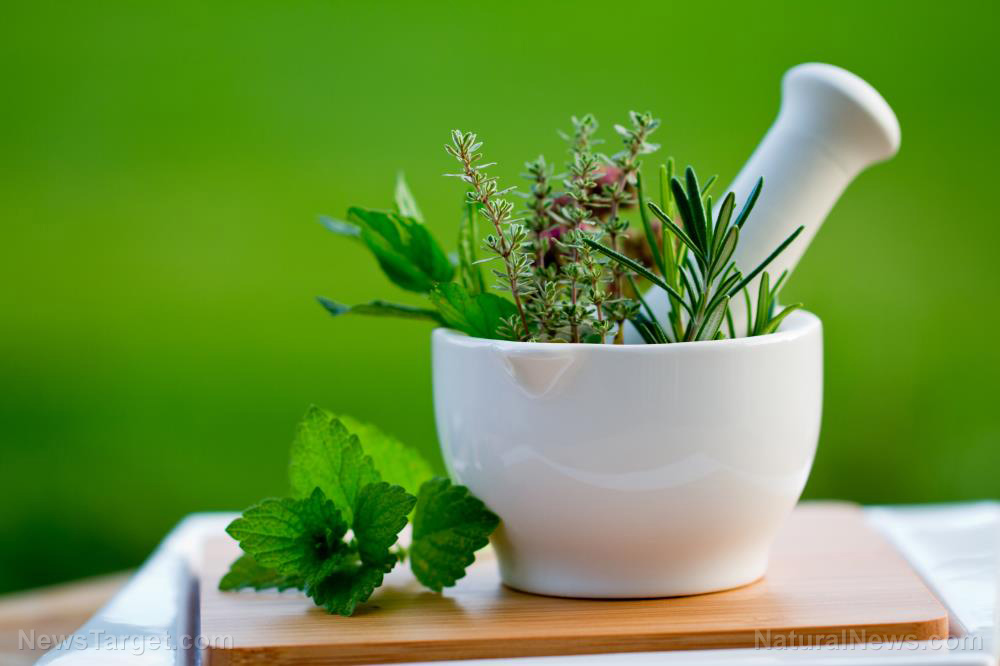Rough cocklebur, a folk medicine, can treat bronchitis, arthritis and other inflammatory diseases
09/04/2019 / By Janine Acero

Inflammation is a double-edged sword. While it is a part of normal immune response, chronic inflammation is the root of various health conditions. The treatment of these conditions has been the focus of many studies that investigate the medicinal properties of plants used in traditional healing practices. One such plant is the rough cocklebur (Xanthium strumarium), which is used in traditional Chinese medicine to treat inflammatory conditions like arthritis, bronchitis, and rhinitis. In a recent study, Korean researchers examined the anti-inflammatory mechanisms of X. strumarium. Their findings were published in The American Journal of Chinese Medicine.
The researchers evaluated the therapeutic properties of methanol extracts of X. strumarium (Xs-ME) using lipopolysaccharide (LPS)-stimulated murine macrophage-like RAW264.7 cells and human monocyte-like U937 cells. They also used a LPS/D-galactosamine (GalN)-induced acute hepatitis mouse model.
To find the target inflammatory pathway, the researchers used holistic immunoblotting analysis, reporter gene assays, and mRNA analysis.
They found that Xs-ME significantly suppressed the upregulation of the activator protein (AP)-1-mediated luciferase activity and the production of LPS-induced proinflammatory cytokines, including interleukin (IL)-1-beta, IL-6, and tumor necrosis factor (TNF)-alpha. They also found that Xs-ME strongly inhibited the phosphorylation of mitogen-activated protein kinase (MAPK) in LPS-stimulated RAW264.7 and U937 cells.
These results demonstrated the hepatoprotective and curative effects of Xs-ME in a mouse model of LPS/D-GalN-induced acute liver injury with elevated serum levels of aspartate aminotransferase (AST) and alanine aminotransferase (ALT) and histological damage.
Based on these findings, the researchers concluded that the ethnopharmacological role of Xs-ME in the treatment of hepatitis and other inflammatory diseases might be the result of its inhibitory activities on the inflammatory signaling of MAPK and AP-1. (Related: This Cameroonian medicinal plant can keep your liver healthy and prevent acute hepatitis.)
More about the common cocklebur
X. strumarium is also known as the common cocklebur. This summer annual belongs to the Aster family (Asteraceae). It is widespread across southern Canada, most of the contiguous United States, and Mexico. It is considered a serious weed in Australia, India, and South Africa.
Cocklebur thrives in open, disturbed areas, particularly flood-prone areas with good soil moisture. It is often found on roadsides, railway banks, small streams, and riverbanks, as well as the edges of ponds and freshwater marshes and overgrazed pastures. It is rare in mountainous terrain.
Rough cocklebur can reach two to four feet in height, with round or slightly ribbed stems that are rough and hairy, and cordate (heart-shaped) leaves with bases that are well-rounded or indented and tips that are broad and blunt.
This plant is monoecious, meaning each flower cluster (raceme) has both male and female parts. Each raceme produces male compound flowers along its upper half and female compound flowers in the lower half. Its fruit is a brown, hard, woody bur covered with stout, hooked prickles. Each fruit houses two poisonous seeds.
The seeds and seedlings (cotyledon) of rough cocklebur and other species of Xanthium are reported to be hepatotoxic or toxic to liver cells. They could also inhibit the germination of other plants or kill off their seedlings. Grazing livestock are also susceptible to the toxic seeds and seedlings of rough cocklebur. However, this toxicity eventually wears off as the plant matures, and it is the adult plant that is used in traditional medicines.
Interested in other obscure medicinal plants? Visit AlternativeMedicine.news to learn more.
Sources include:
Submit a correction >>
Tagged Under:
acute liver injury, alternative medicine, anti-inflammatory, arthritis, Bronchitis, cocklebur, common cocklebur, disease treatments, folk medicine, hepatitis, Hepatoprotective, hepatoprotectivity, hepatotoxic, herbal medicine, Herbs, inflamamtion, inflammation, inflammatory diseases, inflammatory signaling, liver damage, liver health, medicinal plants, natural cures, natural medicine, plant cures, plant medicine, Plants, remedies, research, rhinitis, rough cocklebur, TCM, traditional Chinese medicine, traditional medicine, xanthium, Xanthium strumarium
This article may contain statements that reflect the opinion of the author
RECENT NEWS & ARTICLES
COPYRIGHT © 2017 REMEDIES NEWS





















